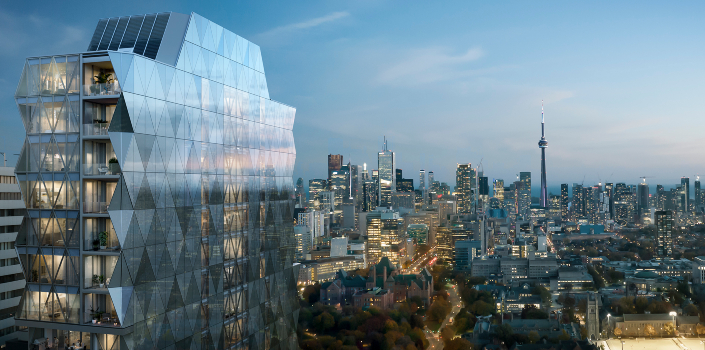Winner Interview: “There’s so much to be proud of in this project” says Core Architects Principal
The firm reveals how it made the most of a narrow, challenging site with its strategic design for a new breed of boutique residential condominiums featuring large expanses of glazing in bedrooms and living spaces.
